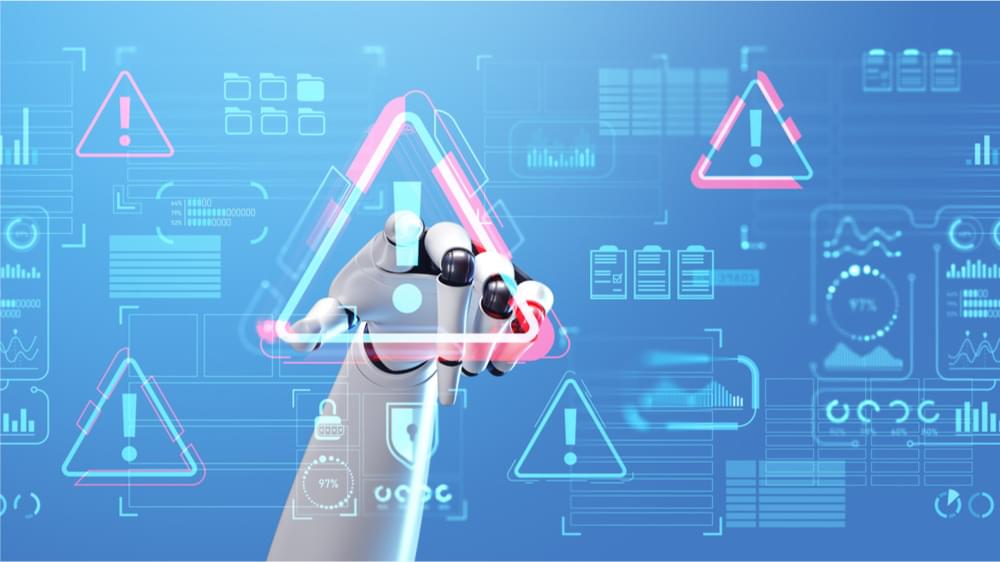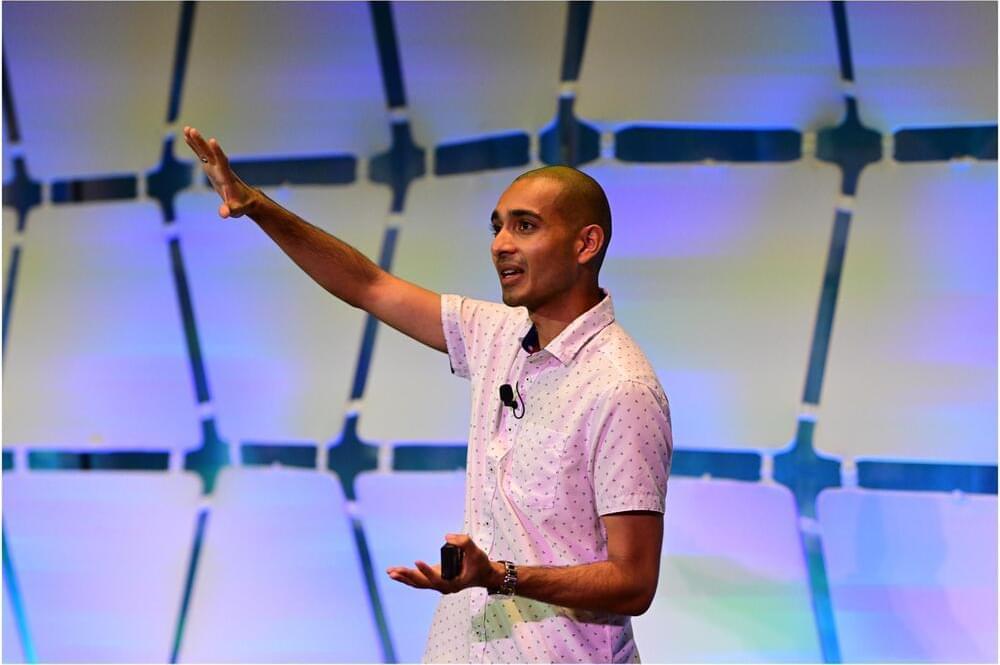Recent research published in Nature Communications has used machine learning algorithms to find new compounds that can eliminate senescent cells [1].
Senolytics are molecules that destroy senescent cells. Only a small number of such molecules have been identified, and only two have shown efficacy in clinical trials: dasatinib and quercetin in combination [2]. One of the biggest challenges is that senolytics often only work against specific types of cells. Additionally, some senolytics may work well for one cell type while being toxic to other, non-senescent cell types [3].
There is also a group of senolytics that are used in cancer therapies. However, most of them target pathways that are mutated in cancer. Therefore, they cannot be used as therapeutic agents in different contexts.






